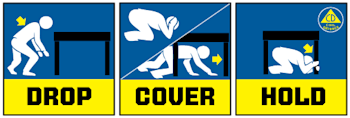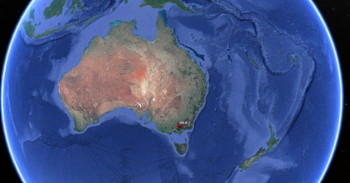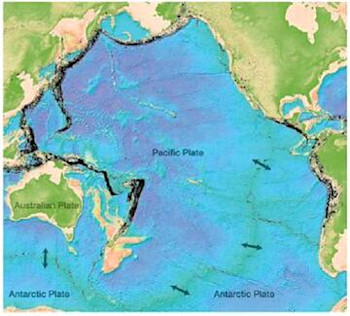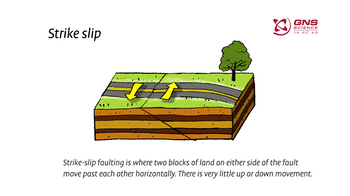
Q & A on the M5.9 Victoria, Australia earthquake
Large earthquakes in Australia are uncommon – but they still can and do happen! Today’s earthquake near Mansfield, Victoria reminds us how important it is to be prepared for a large earthquake, and to know what to do when one occurs.
Being prepared for an earthquake is one of the best ways that you can protect yourself and your family. For information about planning for an earthquake, visit the National Emergency Management Agency’s (NEMA) website getready.govt.nz.
When an earthquake happens – Drop, Cover, and Hold.
If you are near the coast and you feel a Long OR Strong earthquake, get to higher ground or as far inland as possible once the shaking has stopped, in case a tsunami was generated.
Where was the earthquake?
Geoscience Australia says the M5.9 earthquake was centred near Mansfield in Victoria's north-east around 9:15 AEST (11:15 NZST) and was 10-kilometres deep.
I thought Australia didn’t get earthquakes?
Earthquakes happen more frequently in some parts of the world than in others. They tend to be more frequent at tectonic plate boundaries, where two plates are colliding and/or sliding past one another (like here in New Zealand and around the Pacific rim).
Australia isn’t on top of a subduction zone (like we are in New Zealand), but they are close to several plate boundaries. To Australia’s north and east, the Australian Plate is colliding with the Pacific Plate, and with the Eurasian Plate in the northwest.
Earthquakes are less common away from plate boundaries – but they still can and do happen, in part because of stresses from the plate boundaries building up in the plate interior.
Earthquakes result from the sudden release of stress by movements along fault lines. While all the Australian continent experiences some stress from the plate boundary, earthquakes tend to cluster with more earthquakes occurring in some regions than in others – south-east Australia being one example.
It’s thought that earthquakes like today’s are driven by the collision of the Pacific and Australian Plates over in New Zealand, some thousands of kilometres away – sorry Australia!
On average 100 earthquakes of magnitude 3 or more are recorded in Australia each year. This compares to over 3,000 magnitude 3 or greater located in New Zealand over the past year.
What type of earthquake was it?
This earthquake was a strike-slip event, where two blocks of land move past each other horizontally.
Where was it felt?
This earthquake was reported felt across south-east Australia, predominantly Melbourne in Victoria, but also up to Canberra and parts of New South Wales.
If you would like to find out more on earthquakes in Australia, and how they are located, visit our friends at Geoscience Australia.
Attributable to: Sam Taylor-Offord – GNS Science Duty Seismologist
Special thanks to: Mark Quigley – University of Melbourne
Media Contact: 021 574541 or media@gns.cri.nz








